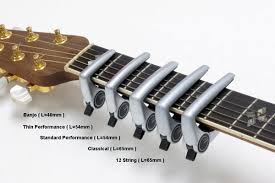
Mars Hill Church in Seattle (Mark Driscoll's church) have been producing some amazing worship music, and a lot of it is now available for download with a suggested donation.
I have recently downloaded their Rain City Hymnal EP, which is a collection of traditional hymns that have been rearranged, the Red Letter album, and the Good Friday Live Worship album. They have all blown my mind.
The interesting thing about them is this: it is always very obvious what Scripture passages the lyrics come from, the hymns all use the traditional words (thees and thous, and other very evocative, profound English words and phrases that have fallen out of common use) but the music is the edgiest, most creative combination of synths and grinding electric guitars, earth-shifting bass and gut-thumping drumming I have heard in ages! It seems like they're channeling the Seattle-sound in a big way. The version of Psalm 51 sounds like they had Soundgarden as the backing band!
You can read an interview with one of the worship pastors and band frontmen here.
Music like this, however, can raise some issues for us as local church musicians. Here are some helpful suggestions for things we can learn from this approach to church music.
- DON'T try and mimic what is done at Mars Hill, unless you have some phenomenal rock musicians with pro quality gear, a 10, 000W PA system, a congregation of 3, 000.
- DO learn to use what resources you have, just like Mars Hill has done. When you do a good job with what you have, you will have a solid foundation to build on. Jesus said in Luke 16 "Whoever can be trusted with very little can also be trusted with much". If all you have now is a violin and a guitar and singer or two, work hard with that and ask God to bless you with more.
- DON'T use heavy rock for your worship services because that's what Mars Hill is doing.
- DO think about your congregation and what music would suit them best. If it is heavy rock, then pursue that.
- DON'T think that the only way to present these songs is to do them the same way Mars Hill have done.
- DO learn to separate out the song itself. Use the chords that are downloadable from their website and try and do the song with just a voice and an acoustic guitar or piano. The strength of a good song is its ability to "carry" in a variety of musical contexts, not just the one it is written in.
Lastly,
- DON"T get discouraged that your church's music will never be like Mars Hill's.
- DO listen to these songs to be encouraged, get ideas and learn a thing or two about the variety that can be present in the music Christians use to worship God.








